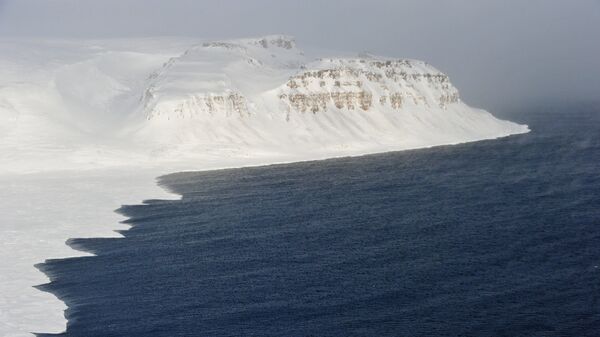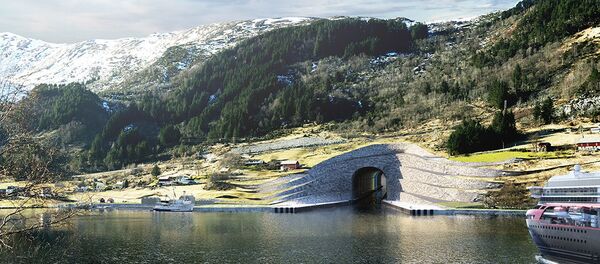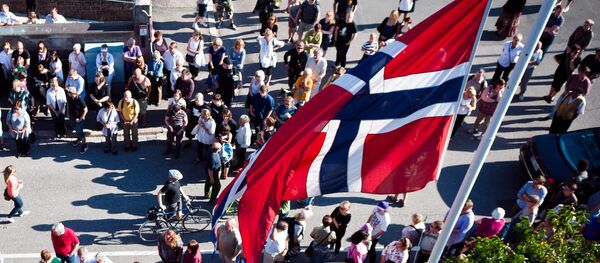For many Arctic countries, a new fiber optic cable linking Europe and Asia may be a top priority with many benefits. In December 2016, Russian Prime Minister Dmitry Medvedev discussed perspectives for a coming infrastructural boost to the Arctic with his Finnish counterpart Juha Sipilä.
A previous 2016 report by former Finnish Prime Minister Paavo Lipponen identified Russia, China, Japan and Norway as key countries for the ambitious cable-laying project, which was deemed "politically and technologically viable."
According to Lipponen's vision, the undersea section of the cable would stretch around 10,500 kilometers from Japan and China to the Kola Peninsula in Russia and Kirkenes, Norway. From there, it would cross into Finnish Lapland and further south to Central Europe via the Baltic fiber cable connection between Helsinki and Rostock, Germany. In addition to providing speed, the cable would also respond to the rapidly increasing need for capacity and would provide a reliable alternative to the risky southern routes, the report found, suggesting it to be given strong preference during the Finnish chairmanship of the Arctic Council in 2017.
"With a cold climate, renewable hydropower and possibilities for locations in old mining mountain halls, all infrastructure is here. The only thing we lack is a high-capacity fiber cable," Bernt Nilsen said, calling on the Norwegian authorities to take an active part in the project as soon as it takes shape.
Norway, which previously laid fiber cables to provide some 2,100 residents of Longyearbyen on the Arctic archipelago of Svalbard with some of the world's most advanced digital services, has valuable experience to share.
Perfect pastels in #Svalbard this time of year. Happy weekend everyone! #UniSvalbard #Longyearbyen #Arctic #landscape pic.twitter.com/nOzCqGMAo7
— UNIS (@UNISvalbard) February 24, 2017
Even Sweden regards the possibilities of a new digital highway in the Artic as a major jumping-off place. In recent years, the northern Swedish city of Luleå has become a major node for data centers across Europe. Since 2013, when Facebook opened a giant 30,000 square meter data center, Luleå and its neighborhood has been experiencing a business boom that has already led to a spike in real estate prices and an infrastructural push.
"[The northern region of] Norrbotten can become part of a global, international, communication center. That's what we want to achieve. This creates more jobs and new opportunities," Tony Blomqvist, CEO of IT Norrbotten, told Swedish Radio.
Incidentally, the same ideas abound on the other side of the Northern Pole. Quintillion Networks, an Alaska-based communications operator, is planning a 10,000-mile fiber cable that will run from Japan to Great Britain through the Northwest Passage, a major waterway along Canada's northwest coast that has hitherto been clogged with ice yet is becoming increasingly ice-free.
Quintillion has finished phase 1 of construction in Nome, #Alaska, reports @DavisMHovey: https://t.co/V7mroWlK8z pic.twitter.com/y5cpobVeaT
— KNOM (@knom) August 24, 2016
Never miss a story again — sign up to our Telegram channel and we'll keep you up to speed!





